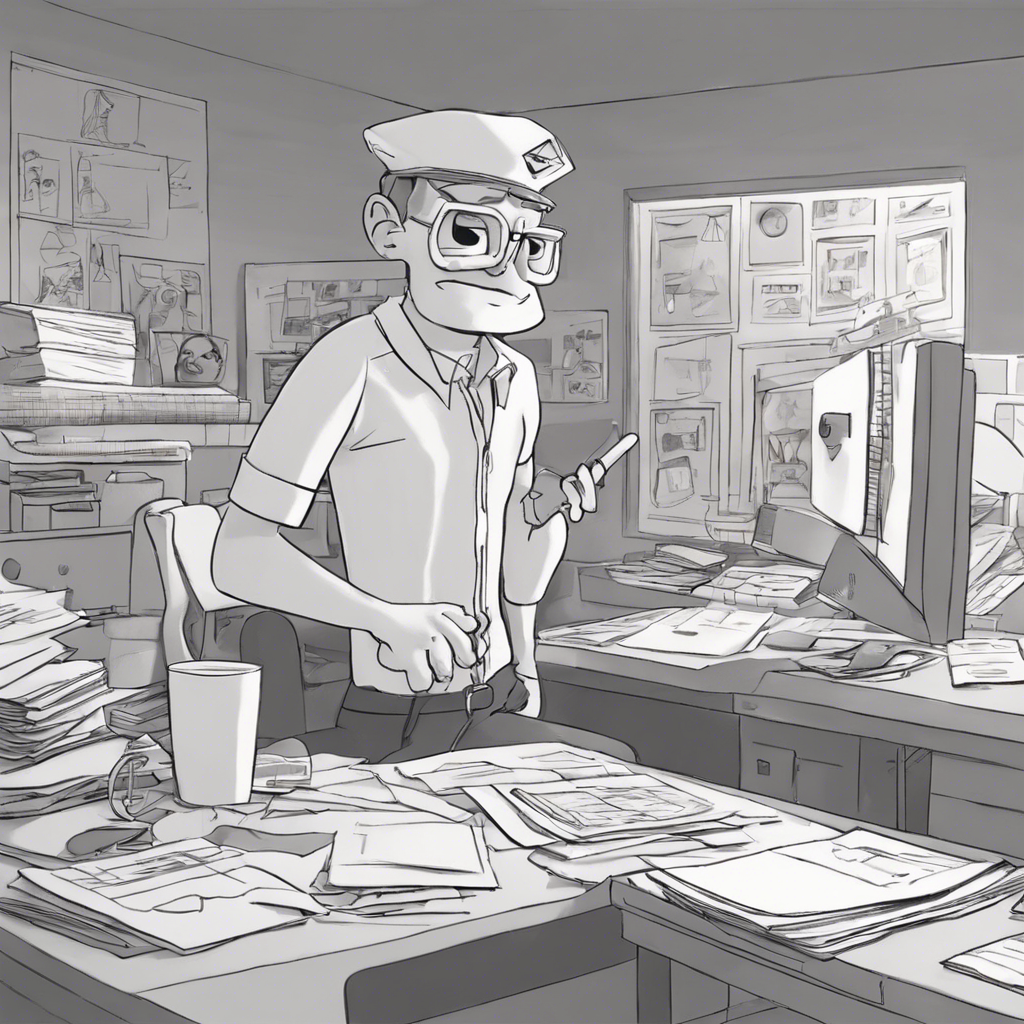What is the hardest job in animation?
The Hardest Jobs in Animation
While every role in the animation industry presents its own unique challenges, some positions are widely regarded as being among the most demanding and difficult to secure. Three roles that stand out as particularly challenging are concept artist, 2D character animator, and storyboard artist.
Concept Artist
Concept artists are responsible for translating ideas and scripts into captivating visual designs that establish the overall aesthetic direction of an animated project. This role is often considered one of the most difficult due to several factors:
- High Artistic Skill Required: Concept artists must possess exceptional drawing, painting, and digital illustration abilities to create detailed character designs, environments, and other visual elements that bring the project’s vision to life.
- Intense Competition: There are relatively few concept artist positions available for any given animated project, leading to intense competition among highly skilled artists vying for these coveted roles.
- Pressure to Innovate: Concept artists are tasked with developing fresh, original designs that capture the essence of the project while standing out from existing works. This constant need for innovation and creativity can be mentally taxing.
- Collaboration and Feedback: Concept artists must work closely with directors, writers, and other team members, incorporating feedback and making revisions to ensure their designs align with the project’s vision. This collaborative process can be challenging, requiring strong communication and interpersonal skills.
2D Character Animator
Bringing characters to life through traditional 2D animation is a painstaking and technically demanding process, making 2D character animators among the most skilled and sought-after professionals in the industry. The challenges they face include:
- Mastery of Animation Principles: Animators must have a deep understanding of the 12 principles of animation, such as squash and stretch, timing, and anticipation, to create believable and engaging character movements.
- Attention to Detail: Every subtle movement, expression, and gesture must be meticulously planned and executed, requiring an incredible eye for detail and patience.
- Physical and Mental Stamina: Animating even a few seconds of character movement can involve drawing hundreds or thousands of individual frames, making it a physically and mentally demanding task.
- Artistic Interpretation: Animators must interpret character personalities, emotions, and actions from scripts and storyboards, translating them into visually compelling performances through their artistic skills.
Storyboard Artist
Storyboard artists play a crucial role in the pre-production phase of animation, translating scripts into a visual roadmap that guides the entire production process. The challenges they face include:
- Storytelling Expertise: Storyboard artists must have a deep understanding of storytelling techniques, camera angles, and shot composition to effectively convey the narrative through a series of sequential images.
- Rapid Iteration: Storyboards often go through multiple rounds of revisions and feedback, requiring storyboard artists to quickly adapt and make changes to their work.
- Visualization Skills: Storyboard artists must be able to visualize and plan out complex action sequences, character movements, and camera angles, often working from minimal script descriptions.
- Collaboration and Communication: Storyboard artists must work closely with directors, writers, and other team members to ensure their visual interpretations align with the project’s vision, requiring strong communication and collaboration skills.
While these roles present significant challenges, they are also incredibly rewarding for those with the passion, dedication, and talent to succeed in the competitive world of animation.
Discover more from EMD
Subscribe to get the latest posts to your email.
